Treadwear and damage Part 4
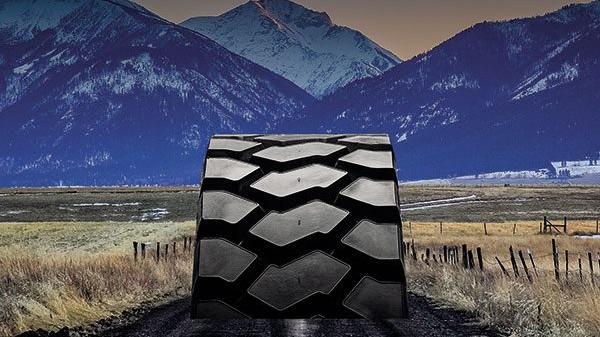
Vipal Rubber presents valuable information to help you get the most from your tyres. This month, we look at more examples of treadwear and damage.
Determining the reasons that put tyres out of service is vital to transport companies because of the investment tyres represent. To protect your investment, Vipal highlights some causes of tyres’ demise.
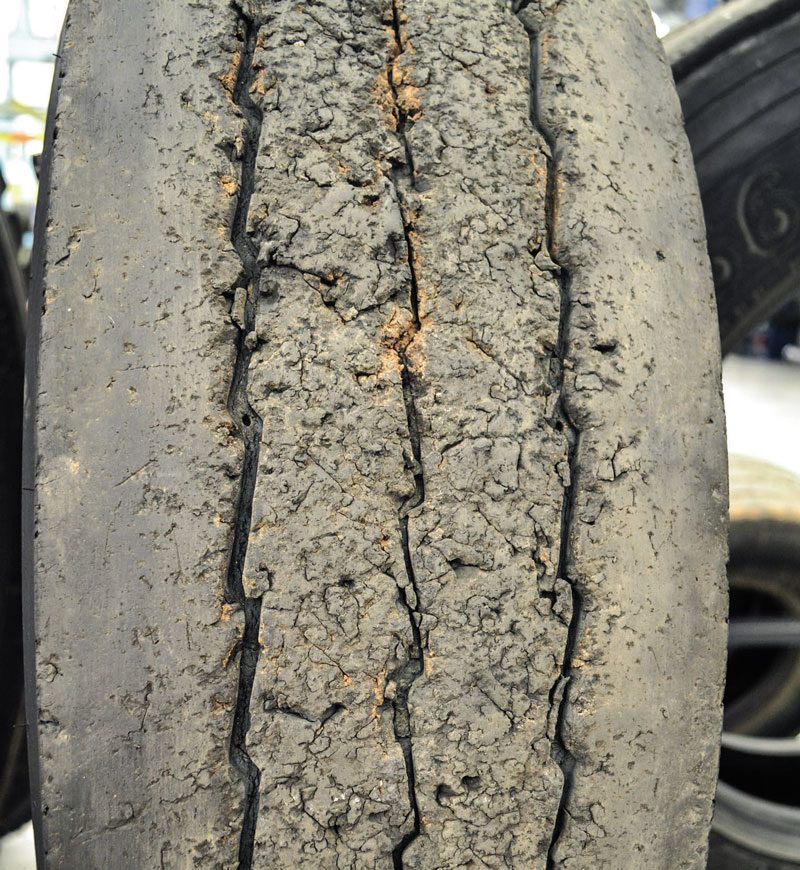
Chipping tread
Appearance: Tread surface with numerous small flakes or cuts. Probable causes: Operation of tyres on unpaved roads or on gravel; wrong tread design for the application and over-inflation.
Actions: Consult your tyre dealer/retreader to select the correct tread design for the application and adjust pressure accordingly to the load.
Precaution: Check tyre pressure regularly, remove any stones in the void of the design, and respect tread-depth limit established by the transport company.
Break skid/flat spot wear
Appearance: Localised spot of excessive wear on the tread design.
Probable causes: Aggressive use of brakes.
Actions: Remove the tyre from service and return it to Vipal retreader for inspection. If the damage is not into the tyre belt, it can be repaired or retreaded.
Precaution: Perform maintenance on the brake system, and review driver training programme.
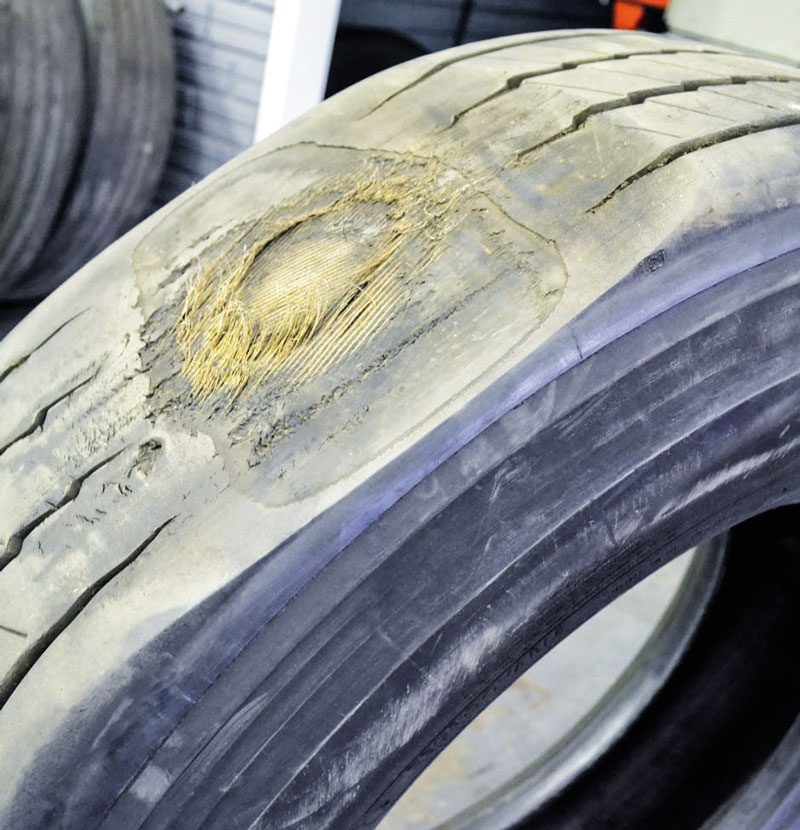
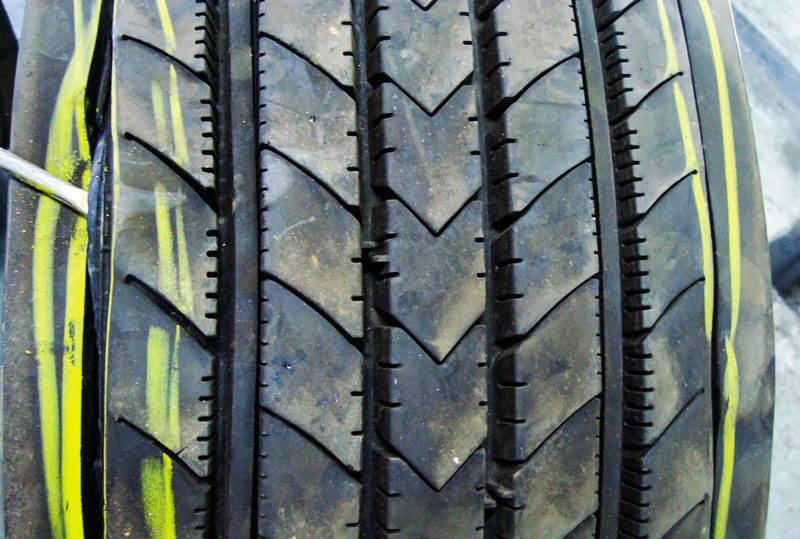
Loose belt
Appearance: The tread and edge of belt are loose.
Probable causes: Low pressure and/or excessive load.
Actions: Remove tyre from service.
Precaution: Avoid overload and check tyre pressure regularly.
Rapid wear on both shoulders
Appearance: Full rib wear on both shoulders faster than the centre of the tread design.
Probable causes: Low pressure or excessive load.
Actions: Calibrate tyre pressure according to that suggested by the tyre manufacturer. If wear reaches the TWI, remove the tyre from service and return to Vipal retreader to inspection.
Precaution: Check tyre pressure regularly, calibrate tyres when they are “cold”. Conduct visual tyre inspection to identify early issues.
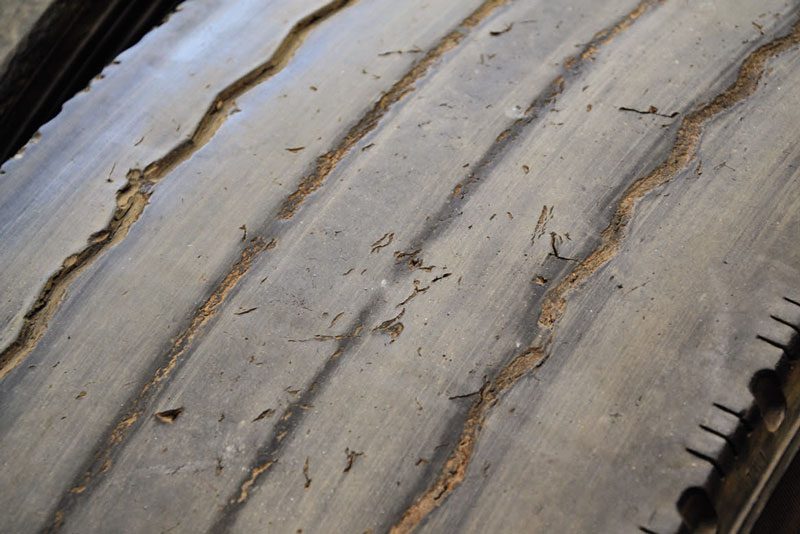
Read more
Vipal launches DV-UMe
0 Comments2 Minutes
Towards a greener future
0 Comments1 Minutes




